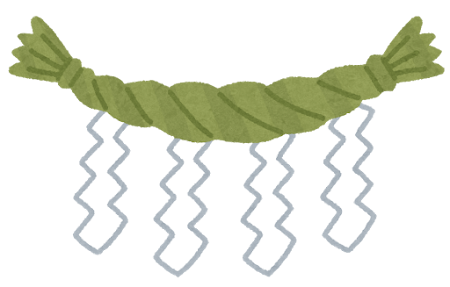Hello and Good afternoon! It is the blog How Unique Japan!
We are always spreading Japanese interests!
This time, we want to write about a rope hanging around any spiritual area in Japan. Do you get any sense? Please look at the picture.
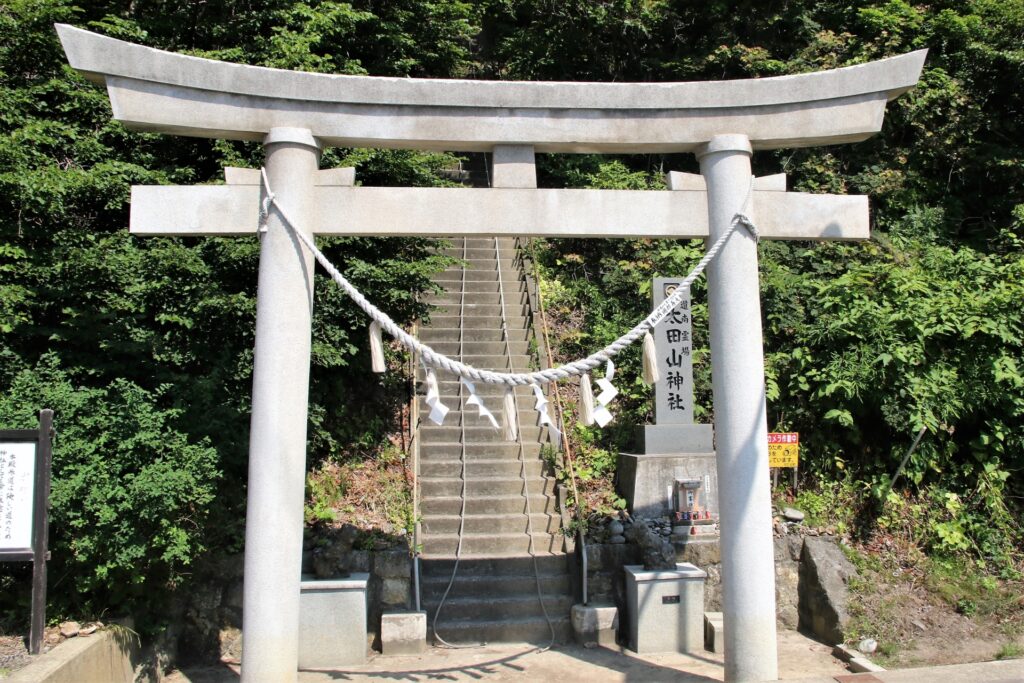
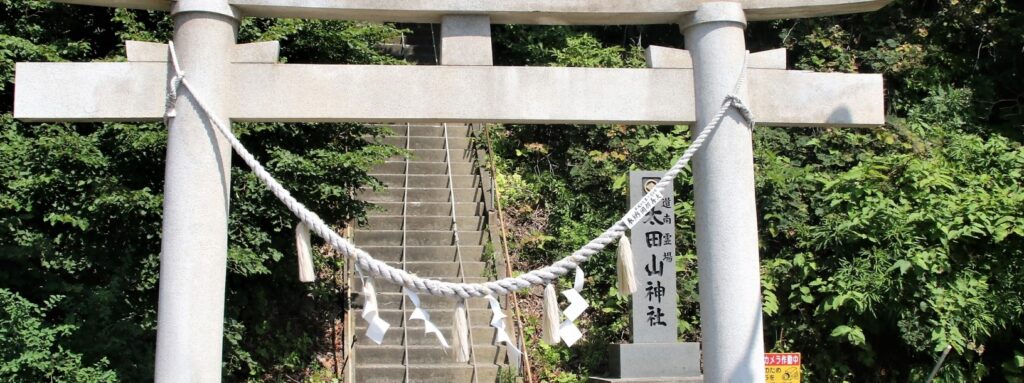
So, the rope is Shime (tied) Nawa (rope). It is working to protect sacred areas where a god lives by surrounding them. So, it is like keeping tapes or barricades from any badness.
(If you want to know about some gods in Shintoism, please click here!)
Some objects, like a big tree or rock, also have it around them, like a belt.
This attitude is from the unique perspective on the natural environment of Shintoism.
The article on religions in Japan mentions that ancient Japanese people typically had a deep respect for natural objects.
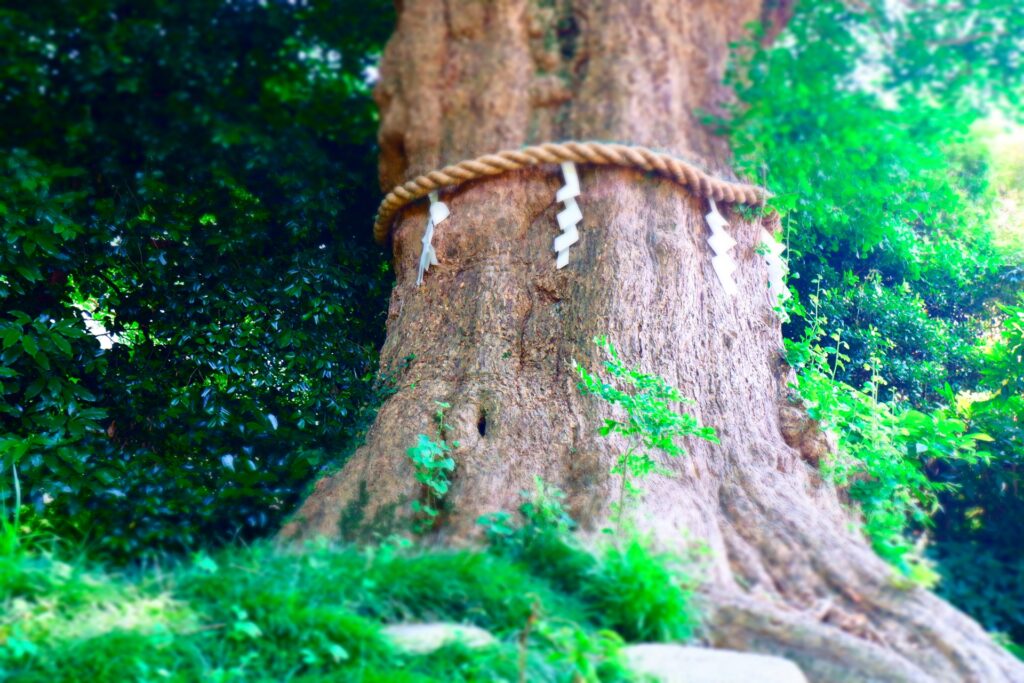
They idolized the objects as if they were one of the gods when they were moved/impressed by their size or long life. That is the reason they sometimes have the Shimenawa around.
Indeed. It is a barricade to protect the territory (or house?) where the god lives.
So, what is the history behind it?
The origins (history behind it)
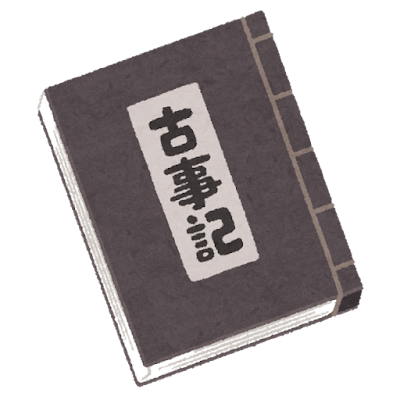
Honestly, it is unclear. Nobody knows the exact time when the rope was born. At least, there is one touch in the oldest historical document in Japan, Kojiki, published in 712 (!).
From that, protection with the rope started from one shrine. It is the Amanoiwato shrine.
Do you remember (or know) the name Ama-no-iwato?
It is the cave where the main deity in Japan, Amaterasu, hid from his younger brother Susano. (If you are unfamiliar with the cave, please see the story about the god from here!)
After she returned from the cave, the ancients sealed it with a rope. Since then, the rope has preserved the cave. It may be the origin of the Shimenawa.
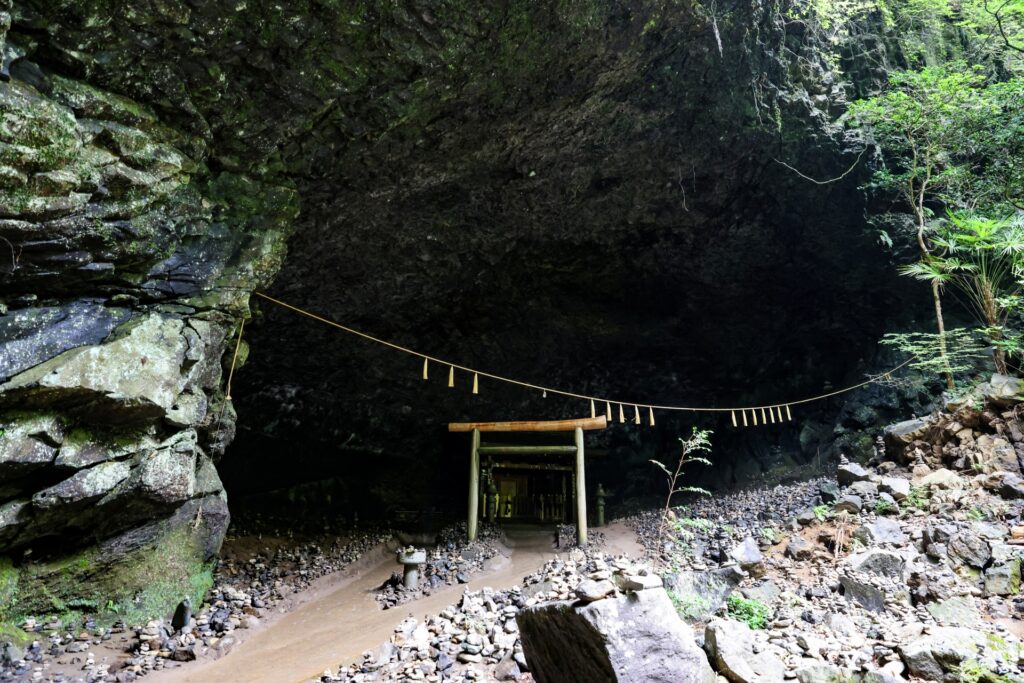
It is the complicating point. As you read, the story from Kojiki should have been one legend or fairytale, although the cave and shrine exist.
So, the ancient Japanese (in older times than the document published) truly believed that story with a physical object (the cave). Thus, the origin might be older than the time of Kojiki.
However, we will continue to admire the rope that is over 1,300 years old.
(Shinto priests sometimes need to replace it with a new one.)
The biggest Shimenawa
Since then, the Shimenawa has gradually gained fame throughout Japan. So, what is the most unique rope ever?
We can say it is the rope from Izumo Taisha (Taisya means a big shrine). What makes it unique is the size. Surprisingly, the length is 535 inches (13.6 m), and the weight is 5.2t. The diameter is about 315 inches (8 m)!!
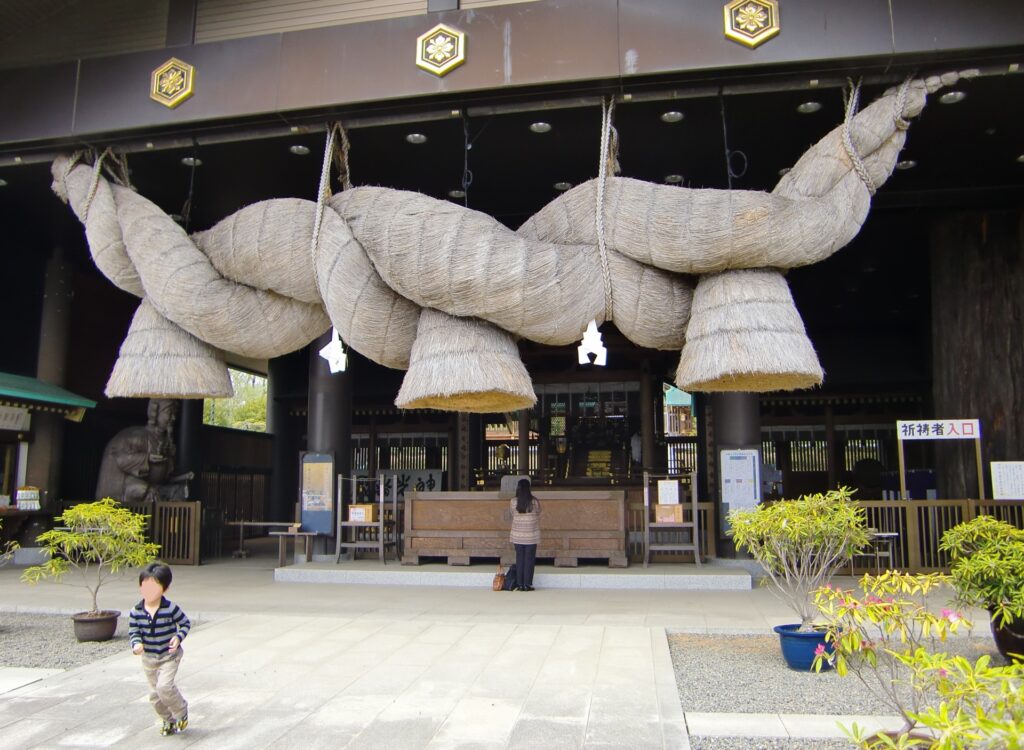
Why is it so big?
The shrine is significant to Japan as it serves as a meeting point for all the gods across the country.
So, Japan has a large number of gods called Yaoyorozu (meaning over eight million).
Every October, all the gods gather at the shrine for a meeting about future and past plans.
That is why the Izumo Taisha is essential. Additionally, the shrine has existed since the 8th century, undoubtedly ancient.
Oh, we forgot to say. The shrine is ancient. However, the rope was from 1981. NOT OLD.
One more fact
So, we have touched on some details of Shimenawa. However, we haven’t seen the origin of the object yet.
What is the original design of the rope?
It is surprisingly the copulation of the SNAKES.

During the estrus/heat period, all males become crazy about mating with females. That look sometimes becomes insane because many more male snakes are trying to attack for his (their) love.
So, they always tangle together. It would be like the Shime Nawa rope.
That is why ancient Japanese symbolized the phenomenon (snake’s copulation) as the harmony with the other family line and the prosperity of descendants.
It is the origin of the Shimenawa.
To close
It is an interesting rope, indeed. Surprisingly, there are still unique historical objects and activities.
We will continue to update that information. Please wait for it.
Now, we also have some more interests on our blog. If you are curious, do not hesitate to visit here (Front page)!
On the page, we now have the other categories about the Edo era, Japanese food, religion, and Japanese lifestyle.
It’s all today! Thank you so much for reading this article, and we look forward to seeing you at the next uniqueness of Japan!
